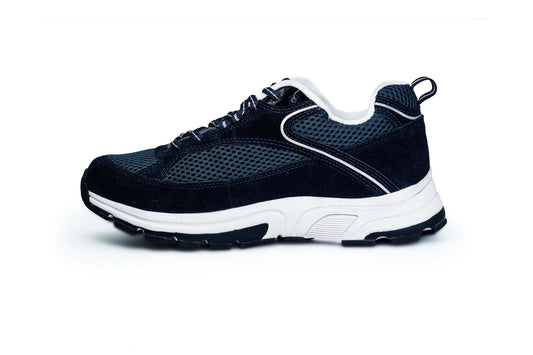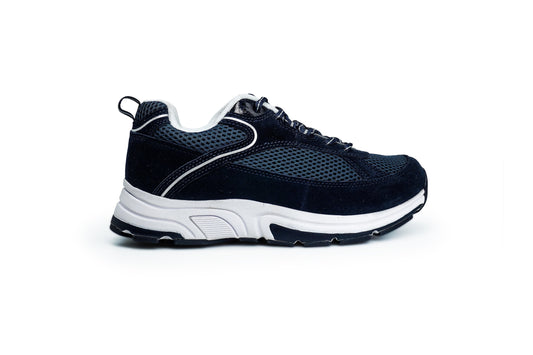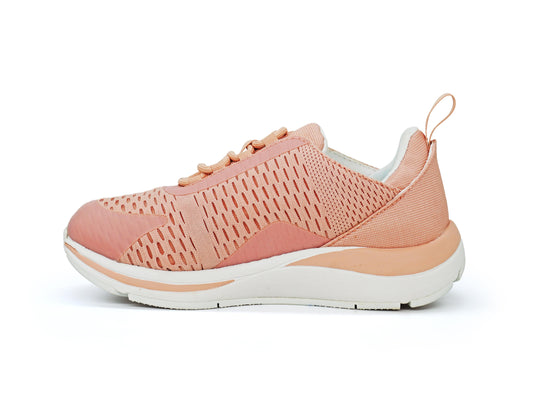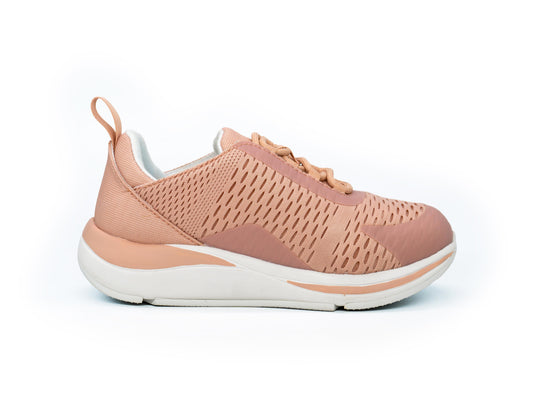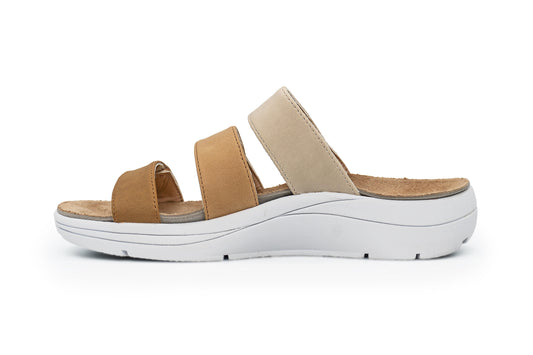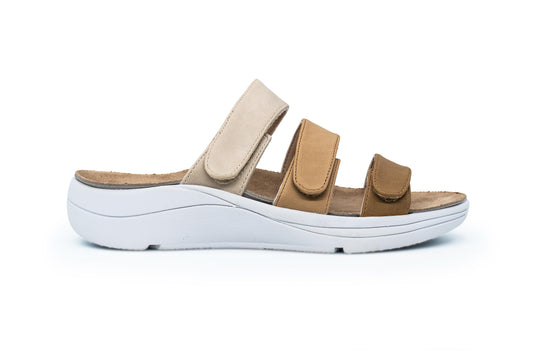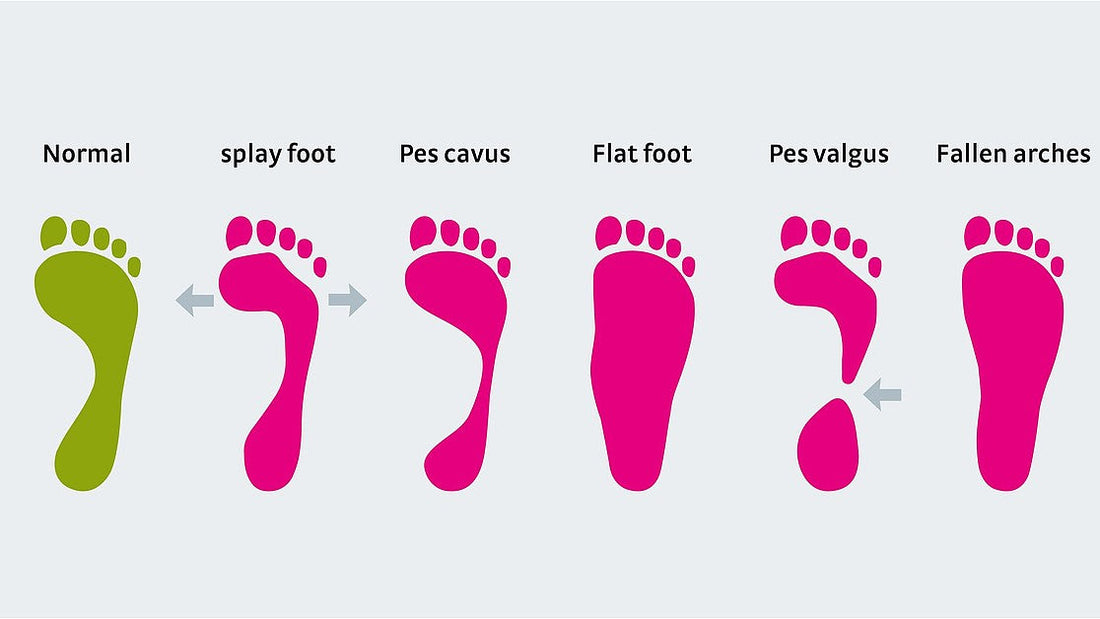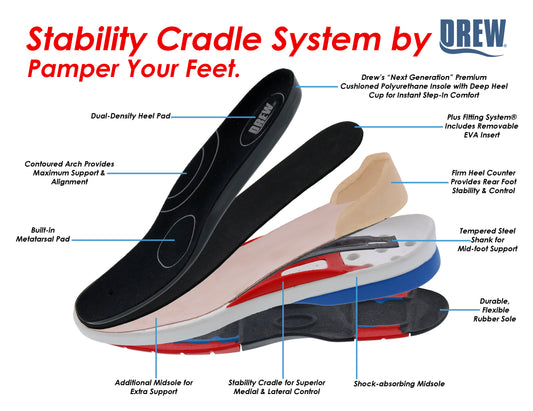ROLE OF FOOTWEAR IN PREVENTING LONG TERM FOOT DEFORMITIES
Footwear is part of our everyday lives. Shoes protect the foot from environmental harm and provide comfort, both of which are essential in our daily routines. Beyond these immediate functions, appropriate footwear plays a significant role in preventing the long-term development of deformities such as bunions, hammertoes, plantar fasciitis, and flat feet. This article discusses how footwear can impact foot health, the importance of selecting the right shoes, and how proper footwear can help prevent deformities.
Footwear and Foot Health
Footwear affects the structure, alignment, and comfort of the foot in numerous ways. The design of the shoe—its fit, support, cushioning, and materials—impacts the biomechanics of the foot during movement. Poorly fitting shoes can cause abnormal pressure distribution, overstretched ligaments, and misalignment of joints, all of which contribute to foot deformities. On the other hand, proper footwear provides support, alignment, and shock absorption, which can help prevent long-term foot problems.
PROPER FIT

The most important factor when selecting shoes is ensuring they fit correctly. Tight shoes can compress the toes, leading to deformities such as bunions, hammertoes, or corns. On the other hand, shoes that are too loose lead to instability, causing the feet to slide, which may result in blisters or sprains. The heel, arch, and toe box must fit well while still providing enough room for the toes to wiggle without feeling cramped.
A proper fit also includes choosing shoes suited to the individual's foot shape. For example, those with wide feet should avoid narrow shoes that could cause the toes to overlap or become compressed. People with high arches may need shoes with extra arch support, while those with flat feet may require shoes that provide cushioning and stability to correct foot alignment.
ARCH SUPPORT

Arch support is essential for maintaining proper foot alignment and preventing deformities. The arch acts as a natural shock absorber and helps distribute body weight evenly across the foot. Without adequate arch support, the body’s weight is concentrated on specific areas of the foot, leading to overuse injuries and deformities like flat feet and plantar fasciitis.
Built-up arch support can prevent these conditions by stabilizing the foot and reducing stress. People with high arches should wear cushioned shoes, while those with low arches or flat feet can benefit from shoes that provide a firmer arch to prevent overpronation (when the foot rolls inward).
In addition to choosing the right footwear, using orthotic insoles specifically designed for different arch types can provide extra comfort and support. Proper arch support can also improve overall posture and alignment, reducing strain on the ankles, knees, hips, and lower back. Athletes and individuals who spend long hours on their feet should pay extra attention to arch support to prevent injuries and discomfort.
CUSHIONING AND SHOCK ABSORPTION

Well-cushioned shoes help minimize the impact on the feet, especially during high-impact activities like running or walking. Stress fractures and injuries like tendonitis, caused by shock from excessive pressure, can lead to long-term deformities. For example, running or walking shoes are designed to offer sufficient cushioning to reduce impact and lessen stress on the feet and joints.
Cushioned shoes not only absorb shock but also reduce the risk of plantar fasciitis and heel spurs, conditions caused by repetitive impact and pressure on the foot's tissues.
HEEL HEIGHT AND STABILITY
Heel elevation can significantly increase pressure on the feet, especially when wearing high-heeled or pointed shoes (often referred to as designer heels). Such footwear can contribute to the development of foot conditions like bunions, hammertoes, and metatarsalgia (ball-of-foot pain). High heels can impact natural foot function and cause postural alignment disorders, ultimately increasing the risk of deforming foot conditions.
Low-heeled shoes with a stable base are the best choice for avoiding foot deformities. For general purposes, a one-inch heel is acceptable. Shoes with a broad, stable base and a low heel reduce toe pressure and maintain the foot's natural alignment.
BREATHABILITY AND MATERIAL QUALITY
The materials used in footwear can help prevent foot deformities. Breathable shoes made of leather or mesh allow airflow around the foot, reducing excessive moisture and preventing fungal infections and blisters. Poor ventilation in shoes can lead to sweaty feet, irritating the skin and contributing to overall poor foot health.
Footwear plays a crucial role in preventing long-term foot deformities. Proper shoes with a good fit, arch support, cushioning, and stability are essential in maintaining foot health and preventing conditions such as bunions, hammertoes, and plantar fasciitis. It is important for individuals to choose shoes that provide comfort and support, preventing painful and disabling deformities. Educating the public about the importance of footwear and foot care is key to preserving long-term foot health and overall well-being.
Take the Next Step Towards Comfort and Care
Discover the perfect balance of support, style, and expert guidance for your feet. Explore our collection of orthopedic and diabetic shoes designed to keep you moving with ease.
Start your journey to happy, healthy feet today!
Visit us at DiabeticShoe for more tips, insights, and footwear solutions.
Stay Connected:
Follow us on Facebook, Instagram, YouTube, LinkedIn, Twitter, Pinterest, and Quora for updates, advice, and more informative content.

